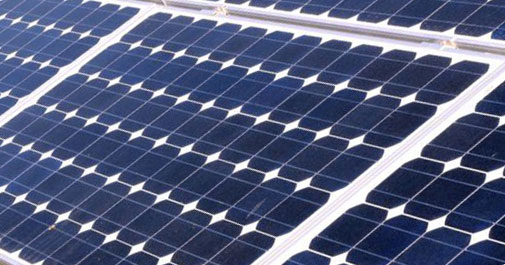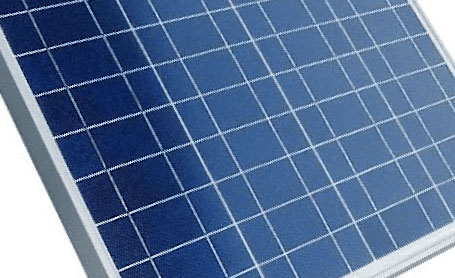Monocrystalline vs Polycrystalline-Solar Panels

Monocrystalline vs Polycrystalline-Solar Panels
"Monocrystalline vs Polycrystalline" in Solar Panels
You may want to build a solar power plant. Maybe you want to earn economic income by installing a solar energy system on the roof of your house. This is the first question you will encounter when you consult an expert: "mono or poly solar panels?" In this article, we will simply examine this monocrystalline vs polycrystalline issue that has come across by anyone interested in solar energy systems.
Mono vs Poly Solar Panels in Terms of Production Technique
Solar panels convert sunlight into electrical energy thanks to the semiconductor materials they contain. Silicon is used as semiconductor in both types of solar panels. To construct a solar energy panel, rectangular layers of silicon elements are produced and covered with glass or a derivative material, sometimes single layer and sometimes double layer.
The feature that separates mono and poly solar panels from each other is related to the structure of the silicone used in the panel. Monocrystalline solar cells are cut from a single crystal of pure silicon. Polycrystalline solar cells, on the other hand, consist of a combination of silicon crystal pieces melted in a mold.

Monocrystalline vs Polycrystalline Solar Panels in Terms of Efficiency
If the subject we are curious about is "monocrystalline vs poly in terms of producing more energy in less space", monocrystalline panels will stand out..

Mono vs Poly Solar Panels in Terms of Cost
When it comes to "mono vs poly" in terms of cheapness, the answer is polycrystalline solar panel.
Monocrystalline vs Polycrystalline Solar Panels in Terms of Look
Monocrystalline solar panels consist of black colored elements. Polycrystalline panels are bluish in color.
| Advantages | Disadvantages | |
| Monocrystalline Solar Panels | High efficiency | Relatively expensive |
| Polycrystalline Solar Panels | Cheaper | Relatively low efficiency |



